The Ocean’s Eerie Twilight Zone Is in Murky Legal Water
Scientists are trying to keep one of the world’s last great wildernesses intact.
It is possible, given the right equipment and a good reason, to cross over into the twilight zone. It is hundreds and thousands of feet below the surface; blue above, melting into an impenetrable void below. “The most striking thing is just how far down it is and how the light dissolves away,” says Joel Llopiz, a biologist with Woods Hole Oceanographic Institution (WHOI). “You look above and see a glimpse of light, but everywhere else is black.”
The twilight zone, or the mesopelagic zone, is the region of the global oceans between 650 feet and 3,300 feet deep, and it is one of the world’s last great wildernesses. It is vast enough to cover wide ranges of temperature, salinity, and density, as well as a menagerie of bizarre and brilliant life forms. Scientists are just beginning to understand how dynamic this massive, largely unexplored space can be.
The twilight zone is not currently under any specific threat, but a series of recent exploratory fishing efforts suggest this zone, located largely in international waters outside the jurisdiction of any one country, is ripe for human exploitation, according to scientists from WHOI and the Monterey Bay Aquarium Research Institute, in an August 12 op-ed for The Hill. Over the past few decades, the decline of surface fisheries and the rise of aquaculture means the demand for fishmeal—that is, processed fish to feed to farmed fish to feed people—has never been higher. The twilight zone could be the solution. Scientists hope that with enough planning, they can take advantage of a once-in-a-lifetime opportunity to preserve an ecosystem before it’s compromised.

Located at the southwestern corner of Cape Cod, the WHOI research facility is actually several hundred miles away from the twilight zone. To get there, scientists travel by boat approximately 111 miles south to where the seafloor plunges downward like a gaping mouth. That is the edge of the Atlantic Continental Shelf, and where WHOI conducts most of its deep water expeditions, making it one of the best-studied areas of one of the least-explored regions of the world. “It’s very dark, out of sight, and out of mind,” says Porter Hoagland of WHOI, who studies the economics and public policy that govern marine resources. “As a consequence, it’s been neglected.”
The biologist Llopiz is one of many members on WHOI’s project focused on the twilight zone. This isn’t the first time the region has been studied, but it’s one of the most thorough and cutting-edge attempts to see inside a realm that was once entirely hidden. The WHOI project has developed and refined a number of technologies, such as remote sensors equipped with cameras and deep-sea robotic subs that can tail fish, to get a better sense of what’s going on down there.
Much of WHOI’s research is conducted with surface-based technologies, so humans rarely have to or get to enter the twilight zone. But in spring 2019, in waters off the Bahamas, Llopiz descended into the mesopelagic in a sub for the first time. The warmer tropical waters are far less productive than the North Atlantic, so Llopiz and his colleagues observed considerably less life than they had seen in their home stomping grounds. But they still saw what WHOI zooplankton biologist Peter Wiebe calls “the night sky in the deep sea,” the rippling fleet of bioluminescent organisms blinking in and out in blue, green, yellow, and red. Most things glow there, either to find a mate or eat or avoid being eaten.
Before remotely operated underwater vehicles, it was terribly hard to tell just what, if anything, lived in the twilight zone. In 1942, sonar operators from the U.S. Navy, on the hunt for enemy submarines, were confused by data that suggested an oscillating seafloor that rested a quarter mile down during the day and came all the way up to the surface at night. Researchers later realized that this was not a moving seafloor, but a mass movement of life—the nightly migration of plankton, fish, and other creatures from the twilight zone to the surface on the hunt for food. Taken together it’s the largest animal migration on the planet.

By dint of its sheer size, the twilight zone holds populations of incredible scale. Bristlemouths fish are wee, glowing things with gaping jaws, often the size of a finger. “Bristlemouths have gotten rough population estimates of around a quadrillion,” says Paul Caiger, a postdoc at WHOI. “Though that would be give or take a quadrillion. Well, maybe not take, because that would be zero.” He clarifies: “It’s a best guesstimate.” Though it holds an enormous amount of life, the twilight zone does not have a consistent population density, but varies bases on invisible boundaries and currents and biologically unproductive zones. Everything is spread out, and patchy.
The twilight zone is also home to lanternfish, a remarkably diverse family of small mesopelagic fish with more than 250 species. Lanternfish are a clear target of the nascent commercial fishing efforts—there are a lot of them and they have the right proportion of lipids and fluids to make good fishmeal. Each night, lanternfish migrate approximately nearly 2,000 feet—an astronomical distance for a fish around five or six inches long—to feed at the surface, Caiger says.
They undertake such a long nightly commute because while the darkness and relative emptiness (compared to the surface, at least) of the twilight zone offer a measure of safety from predation, the zone doesn’t offer many dining options. So mesopelagic species either migrate, Caiger says, or lurk around in the deep and wait for whatever food happens to fall, drift, or swim their way. The former strategy requires fish to endure a massive pressure change and exert a ton of energy—it’s a strategy of hustle. The latter requires species to convert their muscles into goo and limit their energy expenditure to almost nothing—the strategy of sloth. “The species that sit and don’t move that much encounter prey maybe once a week,” Caiger says. “They need to make sure they can catch and eat that prey, so you see a lot of tiny animals with giant teeth, giant stomachs, and little lures.” This group includes the aptly named fangtooths, dragonfish, and viperfish.

The twilight zone is also an in-between space where vulnerable or endangered surface-dwellers such as tuna, swordfish, and sperm whales migrate down to feed. But as far as scientists are concerned, there are no known fish or invertebrates currently endangered in the twilight zone. Gelatinous invertebrates such as sea angels and sea butterflies are struggling to make their own shells in acidifying oceans, Caiger says, and whatever hurts the surface impacts the twilight zone, and vice versa. The mesopelagic also plays a crucial role in the ocean’s global carbon sink, which means its fate means a great deal to the world. At any minute, a white blizzard known as “marine snow,” made up of flecks of dead fish, waste, and other creatures falls through the twilight zone—what Rachel Carson called “the most stupendous ‘snowfall’ the Earth has ever seen.” That drift of organic matter, along with the daily migration of fish, helps to fast-track the movement of carbon from the atmosphere down to the distant seafloor, where it can stay for thousands and thousands of years, Llopiz explains in a WHOI blog post.
Previous attempts to tap the twilight zone’s commercial fishing potential have never led to any measurable economic success. “Most historic examples of fishing in the twilight zone have been unprofitable and fleeting, attempted for a year or so and then abandoned,” Hoagland says. The most sustained effort occurred in the late 1980s and early 1990s, when the Soviet Union caught lanternfish to use as livestock feed. The tiny crustaceans known as krill are also beginning to be exploited around Antarctica, even as they have been in decline due to climate change, according to the Greenpeace study License to Krill. In addition to twilight zone fishing for farmed fish food, krill and other open-water crustaceans such as copepods be present a valuable source of omega-3 fatty acids, a common ingredient in pet foods or nutraceuticals. “If we could grow a soybean that has the essential fatty acids that a farmed salmon needs, maybe we wouldn’t need the mesopelagic,” Llopiz says. But for now, no such soybean exists.
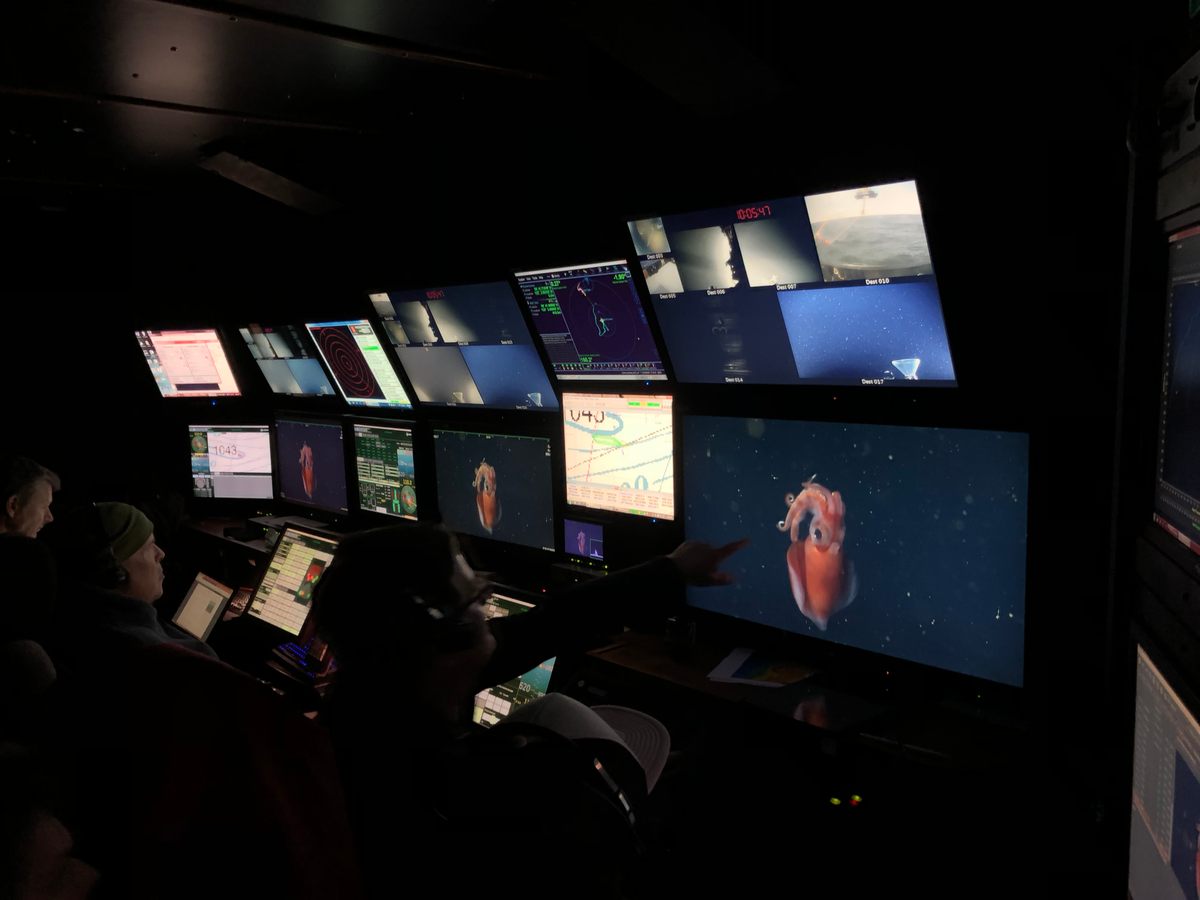
While lanternfish and bristlemouths would likely be the most direct targets of commercial fishing efforts, the only way to catch them is to cast a wide net—imperiling every other species that lives there or visits. Unintended victims include the glass squid, a deep-sea cephalopod that is almost completely transparent and can fold its head and tentacles inside its body, Caiger says. There’s the countless bioluminescent jellyfish and, one of Caiger’s favorites, the stoplight loosejaw, a fish that can perceive red light (which is the equivalent of night vision goggles in the deep sea).
Current regulation of commercial fishing in the twilight zone is just as obscure and sparse as the zone itself. Commercial fishing technology is still a little ways away from developing a profitable way to mine life in the mesopelagic, but there have already been a few attempts to restrict fishing there before the industry can catch up. In 2016, for example, the Pacific Fisheries Management Council established a moratorium on the harvest of mesopelagic fish in the exclusive economic zone off the West Coast of the United States.
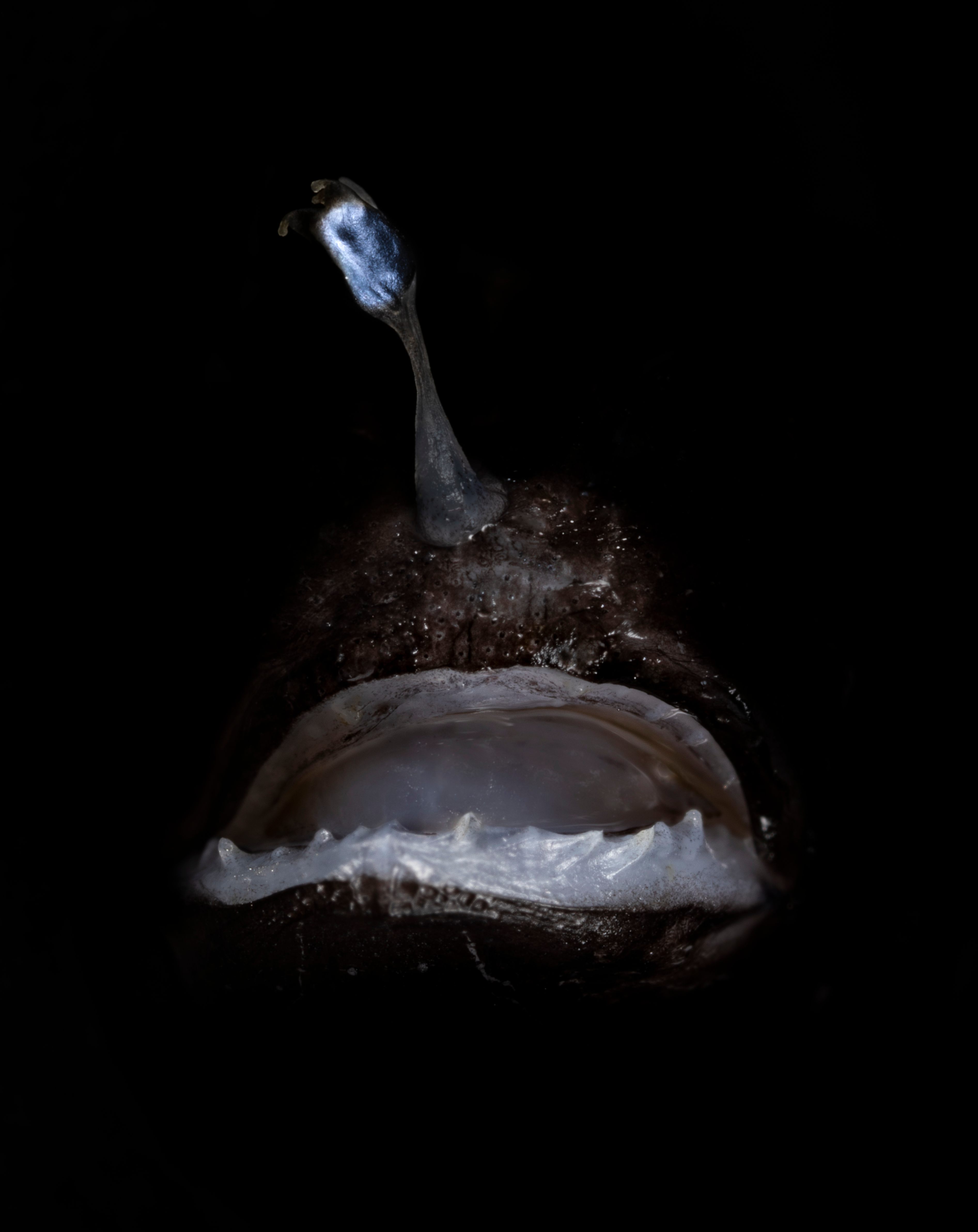
On August 30, the United Nations concluded the third round of negotiations around an international agreement that would improve the conservation and sustainable use of marine biodiversity in international waters, including the twilight zone. The fourth and final session will take place in the first half of 2020. According to Hoagland, discussions like these have been ongoing for a decade and are only now becoming formalized. “It’s hard to predict what’s going to happen, as the treaty is still in its early stages,” he says. Though he doubts any specific fisheries management tool will come out of the treaty, the current discussions involve environmental impact assessments for activities on the high seas—a step in the right direction, at least.
Hoagland hopes that the twilight zone fares better than other parts of the world once considered vast, unending wilderness—such as the Amazon. “We need to think carefully about what the sustainable use of the twilight zone could look like, to ensure future generations can benefit from it as well,” he says. “Otherwise it’s the tragedy of the unmanaged commons.” The worst would be for the brilliant, unseen life of the twilight zone to disappear before we even begin to understand it.
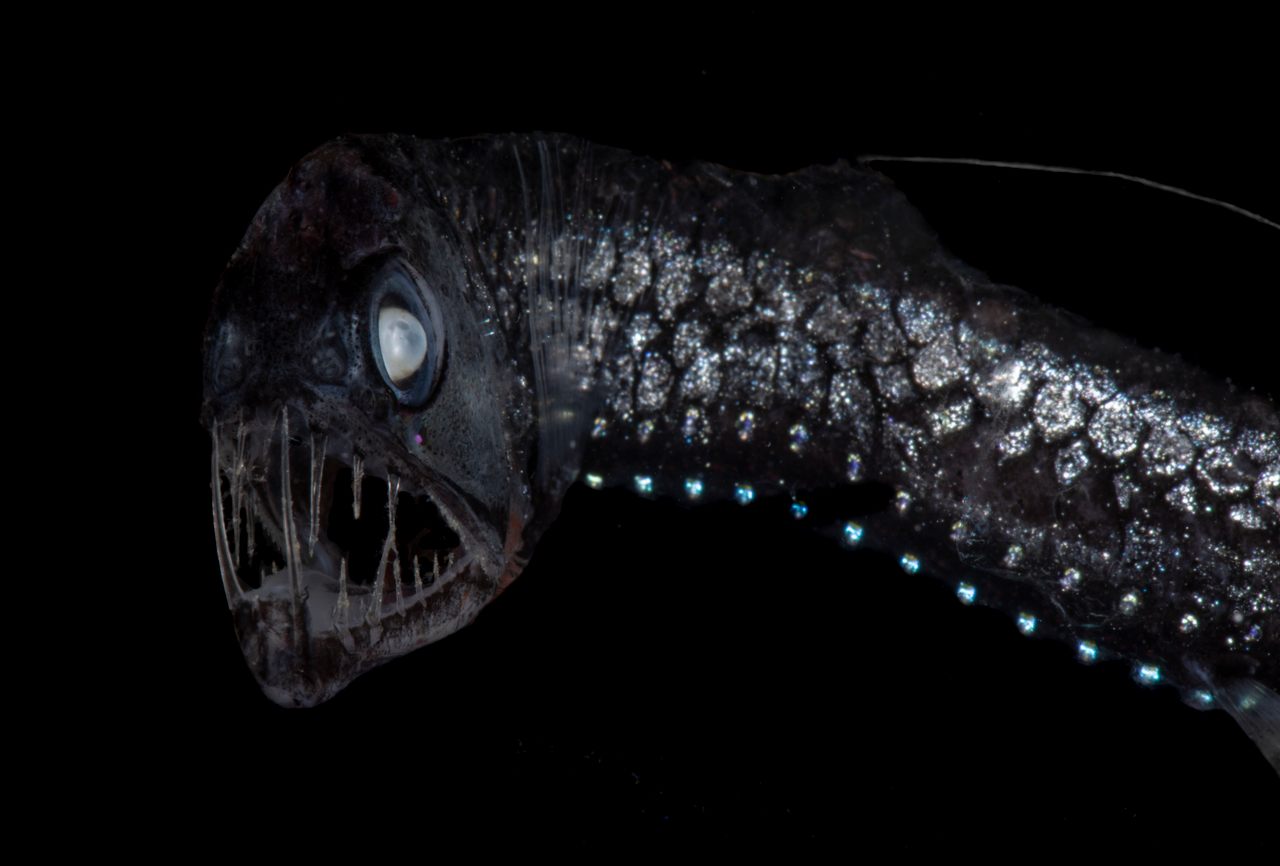


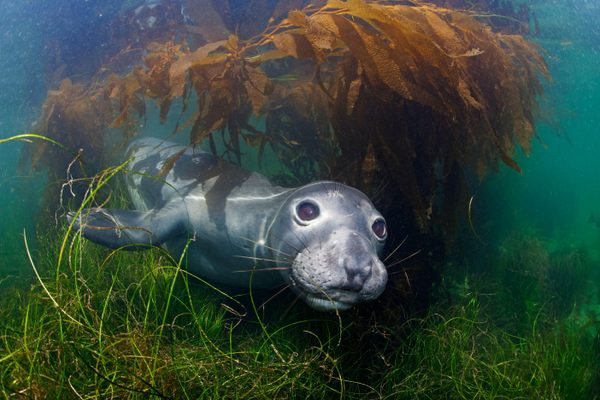
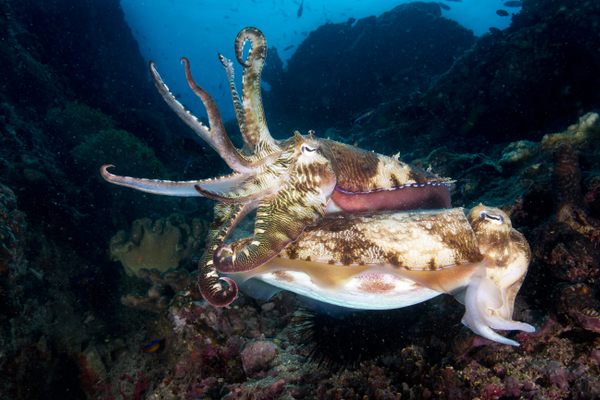
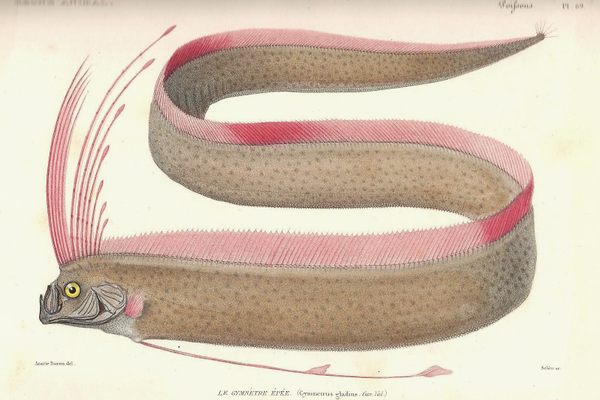









Follow us on Twitter to get the latest on the world's hidden wonders.
Like us on Facebook to get the latest on the world's hidden wonders.
Follow us on Twitter Like us on Facebook